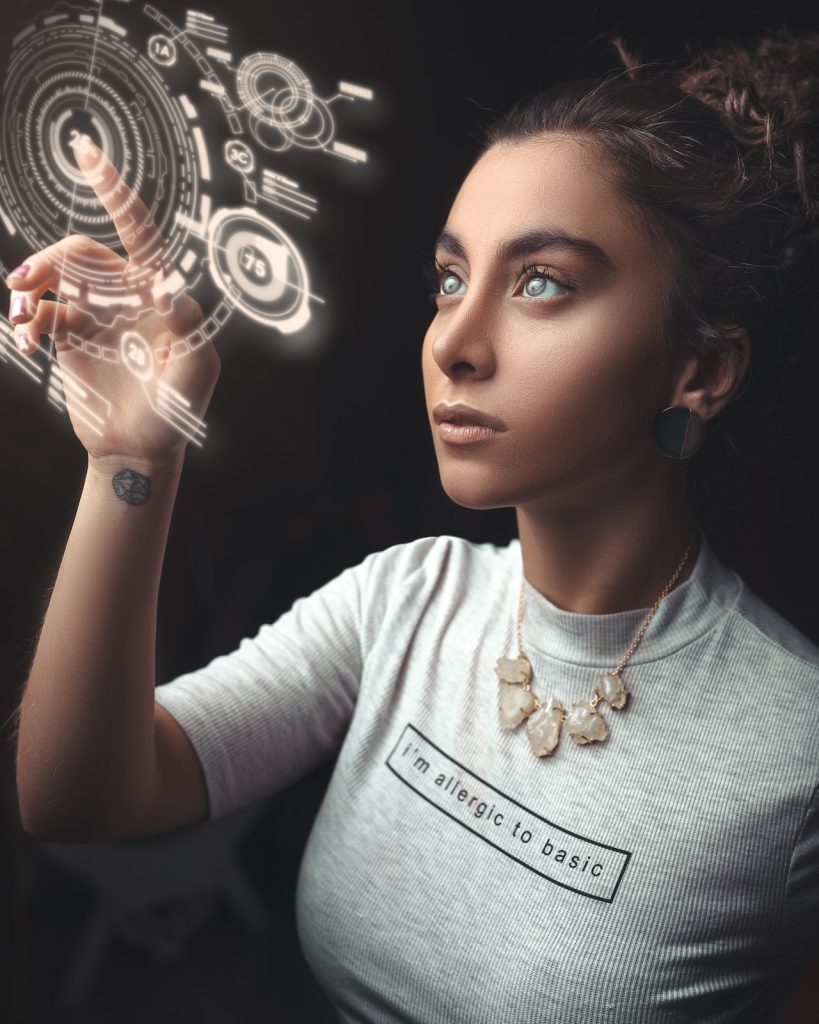
Introduction
E-commerce is a business model in which an organization sells products and services online. E-commerce has become more popular since the invention of the World Wide Web, as more people have access to computers and the Internet, making it easier for them to shop online than in-store shopping. The growth of e-commerce has been exponential over the last decade, with sales increasing from $1 trillion in 2006 to nearly $2 trillion by 2016.
These are the E-commerce trends for 2023
Voice Search optimization for Ecommerce
Voice search is already the most popular way to find information on the internet, and it’s also the fastest growing way to find information. In fact, voice search will be the new norm in e-commerce.

Voice search allows you to ask questions and get answers by simply talking into a microphone or dictating into your phone. The technology behind this is already very advanced: Siri and Alexa have been around for years now, but they still have limited functionality compared with Google Assistant or Facebook M (which was released just last year). These voice assistants can perform basic tasks like setting reminders or making calls, but they don’t let you shop directly from your device by asking questions about products or comparing prices between different stores—that requires additional software installed on each app before you can use them effectively (or at all). This means that even though people may want their phones replaced with something like an Echo Dot for convenience sake when using these devices as well as lower battery consumption over time due mostly because although most people only listen via speakers instead than headphones now days so why not just keep using those same speakers we already own right?
Augmented and virtual reality become mainstream for ecommerce
While the use of AR and VR in ecommerce has been a hot topic for years, it’s only recently that these technologies have become mainstream. That’s because their applications are broad and can be used for many different purposes. For example, you could use an augmented reality experience to show your customers how to wash their clothes or change their bedsheets before they go on holiday; or you could create a virtual reality experience that lets them imagine themselves as they’ve always wanted to be—or even better yet, as someone else.
These new technologies will also have an impact on how businesses operate in general: they’ll allow them to experiment with new products or services that may not have been financially viable previously due to cost considerations (e.g., creating an educational course solely through video conferencing). In addition, since many consumers now carry smartphones wherever they go (even places where Internet access isn’t available), businesses can also provide additional content via mobile devices like tablets rather than just computers/laptops required by traditional models
The integration of blockchain into the supply chain will continue
Blockchain is a decentralized ledger system that records transactions in an encrypted form. It’s used to track the movement of assets, financial instruments and other digital goods throughout the supply chain.

Blockchain has the potential to transform how goods are bought, sold and delivered into our homes. In fact, it could even be used by retailers as they develop new models for e-commerce such as subscription services or loyalty programs where customers can get access to exclusive content or rewards points on specific products based on their behavior within an app or website – all without having to physically check out at physical stores!
Consumers will demand more personalization in ecommerce
Personalization is key to the future of eCommerce. In 2023, it will be normal for consumers to expect personalized shopping experiences. This means that customers will not only want their own products and services, but also those specific to them—and not just in terms of physical items but also digital ones.
With personalization comes a shift from one-size-fits-all solutions towards individualized solutions that fit your needs perfectly based on what you like or dislike about certain products or services (or both). As such, traditional retailers will need new ways to engage with customers who want more customization than ever before because they know exactly what they want when it comes down right down into details like color schemes and font types!
Video Content
Video content is more engaging than text, which means that it’s more likely to be shared on social media. It’s also easier to digest, making it a great way to educate, inform and entertain your customers.

Video can be used to build trust with customers by showing them how you make your products or services or what they’ll experience when they order something from you. You can even use live video streams as an opportunity for collaboration between people in different locations who are working together on one project (for example: developers working with designers).
Online shopping experiences are becoming faster and more responsive to local needs
Online shopping experiences are becoming faster and more responsive to local needs.
- More personalized: The future of e-commerce will be more personalized, so you’ll get the information you need when it’s relevant—not just from a generic list of product names or descriptions. For example, if you’re going on vacation in another state and want to buy some sunscreen while there, your online retailer might recommend things like “sunscreen that blocks UVA rays” instead of just listing all the brands available at their store as they do now.
- More responsive: Ecommerce sites are also getting better at responding quickly when customers have questions or problems with their orders (or even something else entirely). This means not only seeing an immediate response after submitting a request through their website but also being able to talk directly with someone who can help resolve issues quickly and efficiently
Artificial Intelligence and machine learning
AI and machine learning will be used to personalize the shopping experience.
AI will be used to make recommendations, which can be based on past purchases or preferences.
It will also help with search, letting you find products by keywords or categories. For example, if you’re looking for a dress that’s lightweight but elegant, an AI-powered recommendation engine might suggest something like this: “I am looking for a dress similar in style to this one but longer than this one.”
AI can also help with chatbots—responding in real time when customers ask questions about product features and stores’ inventory levels (and even how much shipping costs).
Consumers will demand more personalization in ecommerce
E-commerce is becoming more personalized and customized. Consumers are demanding more personalization in ecommerce, and this trend will continue for years to come. In fact, it’s already happening! There are several examples of this trend in action:
- You can now create an online store from scratch using a drag and drop interface or by uploading your own content (like photos).
- You can purchase specific items that fit your style or lifestyle. For example: if you’re into cooking but don’t know what dishware would look good on your countertop then go ahead and add those products to your cart so that when someone else comes along who shares these same interests they can easily find something perfect for their kitchen!
Conclusion
We can expect to see a lot of these trends during the next 5 years. The key takeaway is that big data and AI are going to be more important than ever, but we have to be smart about how we use them. There’s no doubt that these technologies will make our lives easier—but only if we know when and where not to use them!
